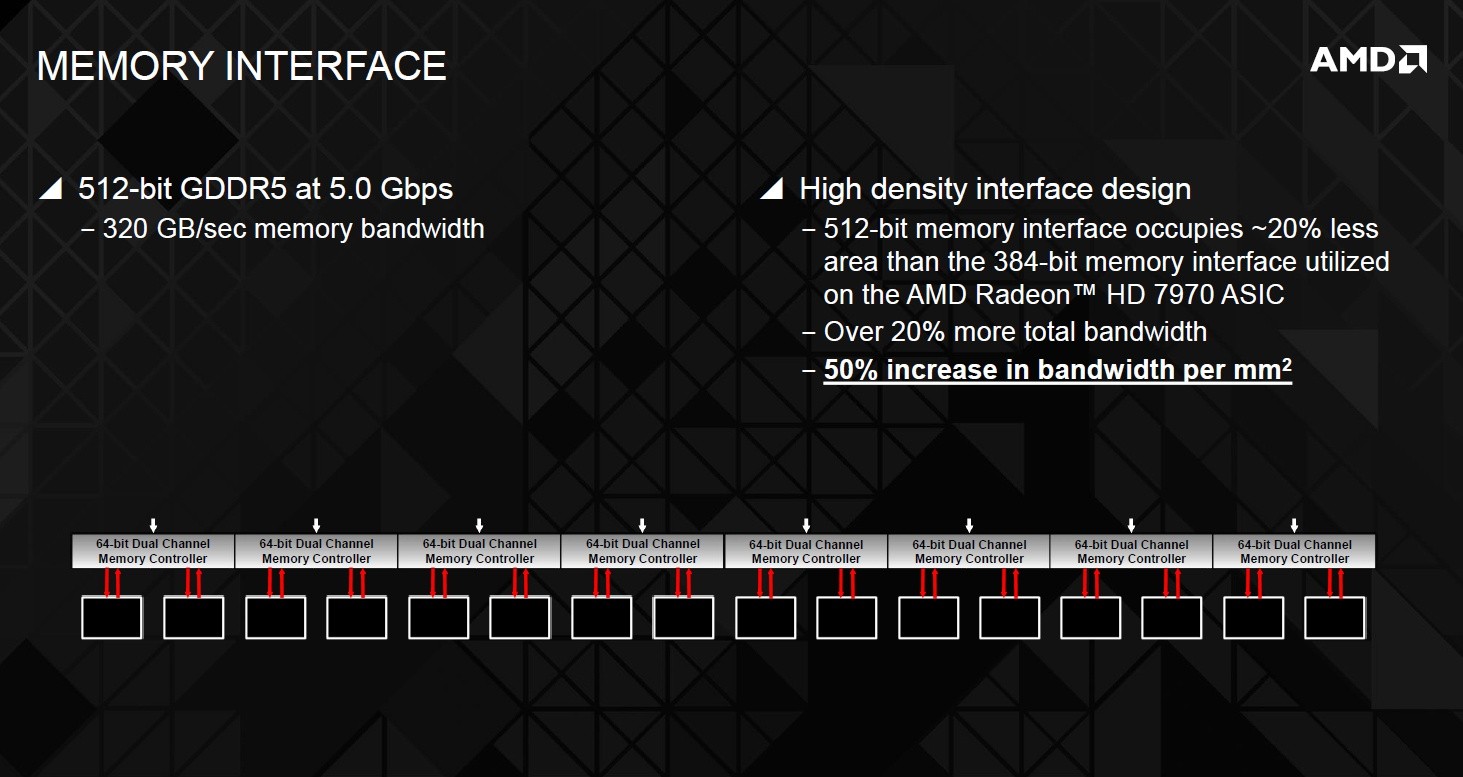It seems like it would be a waste of time doing these tests since the potential gain is so low and may not even exist.
I was curious about what might be seen with a refresh in June, say, if it had GDDR6X.
My memory overclock is only by 5% and with IC in place, makes it really difficult to notice its impact.
Just of out curiosity, I've ran Unigine Heaven in QHD, stopped camera and with the same scene I manipulated memory clock. There was absolutely no difference to FPS in 3 scenes I've tested, which ranged from 160 to 223FPS. I think this engine and level of complexity is very well suited to IC or lack of movement doesn't put any extra load on MC, hence no difference.
For my 2nd test I've switched to Unigine Superposition and went straight to 4K and 8K tests. Both sets ran with my standard overclock of 2727MHz GPU, custom fan profile to avoid any thermal throttling and undervolt to 1050mV (which in reality just changes voltage curve as the chip still hits 1150mV at higher clocks, just the threshold before it has to go there is later in the scale).
Here are results:
4K - only difference RAM 2000MHz top picture and 2100MHz bottom
8K - top pic 2000MHz and bottom 2100MHz
In this test, at 4K Optimized my card ranks around 220 position in the world, among RTX3090's, also overcloked. On another hand, at 8K Optimized settings, I still rank around 220 postion, but there performance is only reaching RTX 2080Ti.
Clearly, nVidia's brute-force approach to memory bandwidth has big advantages at very high resolutions. At the same time, in this test at least, 4K performance with 5% memory overclock gains less than 1% performance, where at 8K it jumps to over 1.5%.
What is clouding accurately measuring influence of memory clock on the overlay performance in my case is it's influence on GPU dynamic clock. Simply, memory overclock eats from the same 300W power limit GPU has, lowering average GPU frequency by about 20MHz to 30MHz. I can imagine situations where having less power and frequency eaten by memory subsystem will result in higher FPS as GPU will clock higher. This should be most likely at lower resolutions, as IC will have higher hit rate, saving even more energy from memory subsystem and using it to boost GPU clocks.





